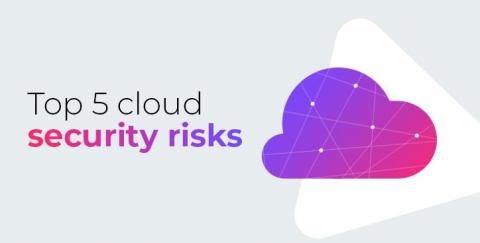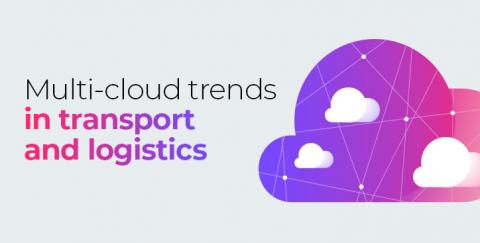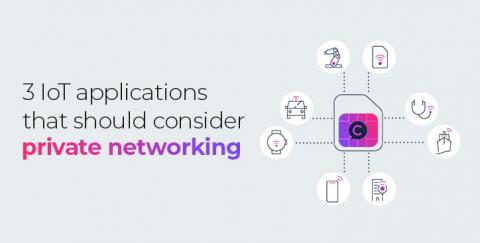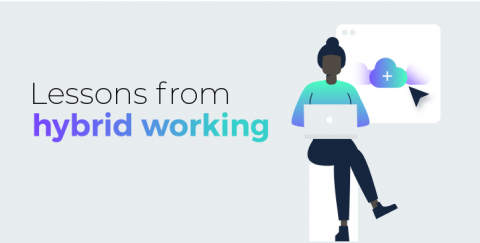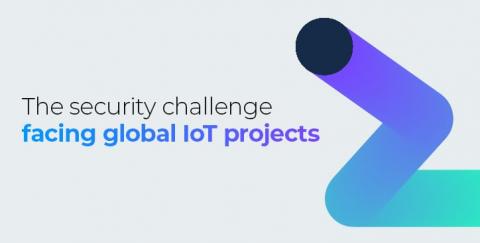Introducing our new cloud partner: Vultr.
We recently welcomed Vultr to the Console Connect ecosystem. In this blog we share some insights into our new cloud partner and explain how Console Connect can privately connect businesses on-demand to Vultr cloud services globally.



